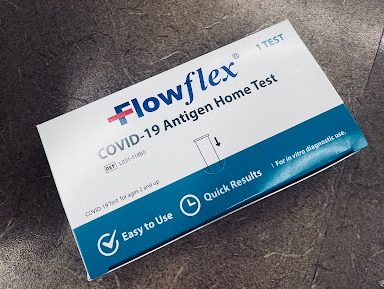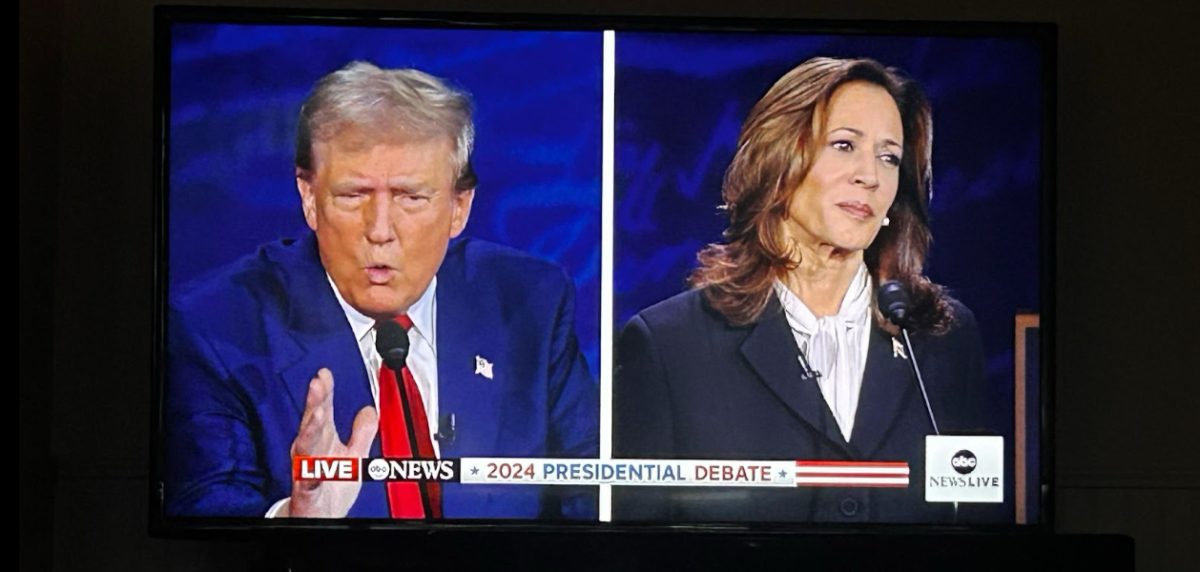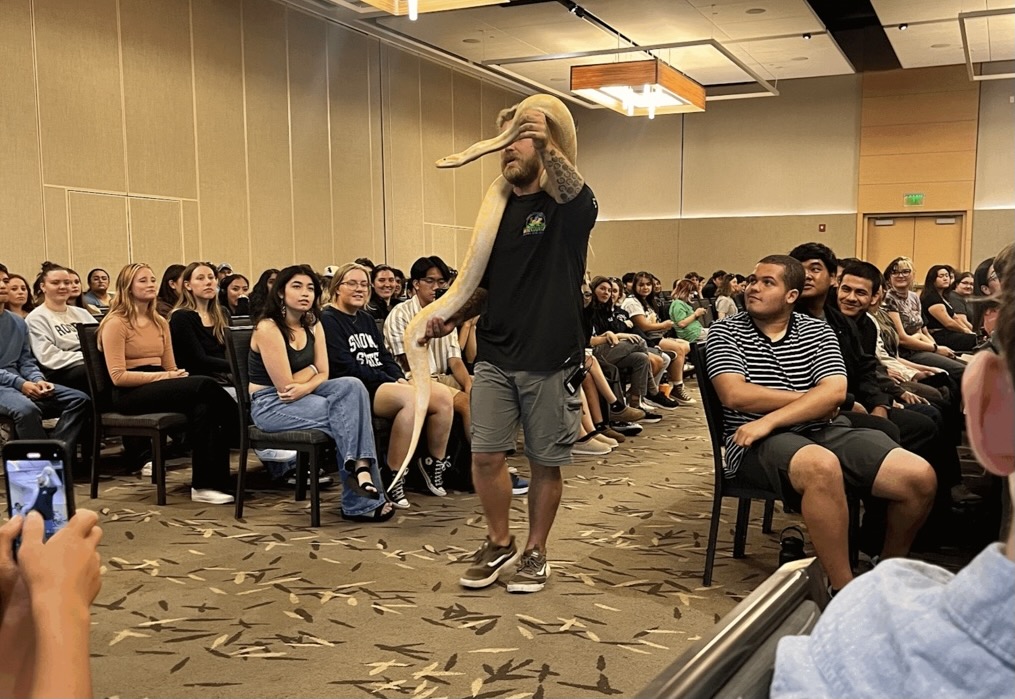Recently Sonoma State University has stretched their sustainability achievements further by implementing water bottle refill stations across campus. These electronic stations provide students with cold, filtered water and make refilling reusable water bottles more easy and accessible than ever.
The intention of these stations is to ultimately decrease Sonoma State’s ecological footprint, in both a green and convenient way that benefits not only the university students on a local level, but the environment on a worldly one as well.
As of 2013, Americans have been responsible for the purchase of approximately 29 billion plastic water bottles yearly, accounting for over five billion pounds of polyethylene terephthalate plastic and creating a massive ecological footprint.
This large demand of plastic also creates a demand in oil, with more than 17 million barrels of oil used in the United States alone every year, resulting in a rather large carbon print as well.
The Associated Students of Sonoma State University have always taken pride in its relentless sustainability efforts, with sustenance being a core value of Sonoma State University.
Sonoma State uses reclaimed water on lawns and in some toilets to reduce water usage and waste, and runs an extremely eco-friendly dining hall by using compostable products.
In addition, the Recreation Center as well as Salazar Hall both use solar panels, made to convert light into electricity. As of February, Sonoma State’s Recreation Center was awarded a Green Business Certificate from the Bay Area Green Business Program of Sonoma County for their efforts to conserve resources and ability to comply with environmental needs and limitations.
Students can find these water bottle refill stations on every floor of the Student Center, in Charlie Brown’s Café and in several other buildings scattered across campus.
In addition to providing water, the electronic refill stations also keep a tally and allow students to see the equivalent of how many single-use water bottles they have avoided using by instead taking advantage of the refill stations and reusing their water bottles.
During the last academic year, action was taken by the Associated Students to phase out single-use water bottles in a resolution that was co-authorized by former Community Affairs, Senator Libby Dippel and current Sustainability Senator, Allison Jenks.
This resolution works toward a ban on single-use water bottles, by providing facts and statistics as to how doing so would improve our environmental impact, resulting in a more eco-friendly environment for future generations.
The resolution resolves that two “hydration stations” are to be implemented each semester until there is a refill station on every floor of every building excluding housing facilities.
Associated Students also plans to stop purchasing single-use water bottles at events, with a few exceptions, and is optimistic towards completely banning single-use water bottles by the year 2020.
In addition to improving the environment, there is an emphasis placed on the quality and cleanliness of the water provided via the water bottle refill stations in comparison to the quality of bottled water.
The Resolution states that not only does bottled water cost 1,000 times as much as tap water, but also that approximately 22percent of bottled water contains contaminant levels exceeding California state health limits.
All water bottle refill stations have a built-in filter with a light that indicates when it needs to be changed to avoid water purity issues.
Students seem to be reacting positively to the water bottle refill stations.
“They’re both useful and convenient because between going to classes and working on campus, it’s nice not needing to constantly purchase water at a vending machine or dining venue,” said student Julia Provost. “I can instead throw a single water bottle in my bag and refill it throughout the day.”
Allison Jenks states that using these stations will ultimately “make filling reusable water bottles easier and cleaner. This will then give students a better option than single-use water bottles by saving them money while being more environmentally friendly” and encourages everyone to begin using them.



































